Farm Finance Trap, Too Big Too Fast
/Spreadsheets Can Say Anything
Planning and due diligence is critical to any small business. There are the lucky few that can stumble through it all and somehow keep things afloat, but for the rest of us mere mortals we need a plan, some sound financial documents, and the dedication to track our progress and adapt that plan to the reality of our financials.
The thing about planning out your farm finances on a spreadsheet is that you can make that spreadsheet say anything you want it to unless it is based on real life historic numbers.
Areas where farm planning spreadsheets can fall short:
- Have higher or lower margins
- Have better or worse yields
- Not account for loss
- No account for weather phenomenon
- Not account for awesome/terrible employees
- Forget some zeros, decimal points, or percentages (that’s your human error)
You only get out of a spreadsheet what you put into it. At the end of the day you’re just using a digital piece of paper when you’re using something like Excel or Google Sheets. It’s not a magic bullet, a mystical program that can figure out the math for you. You have to have the correct information to get the correct information. In 2014 I made my spreadsheets do something that I couldn’t follow through on in reality.
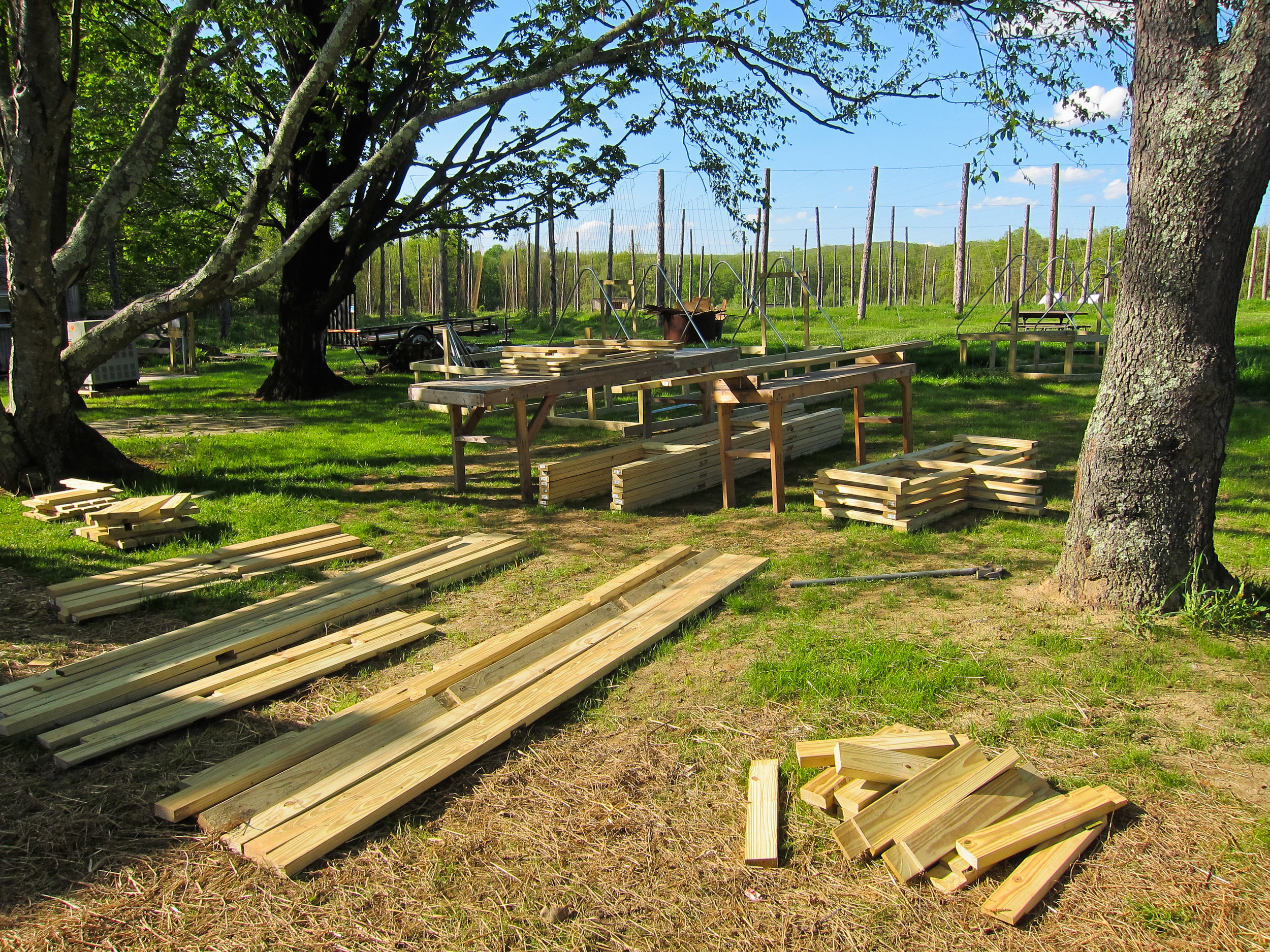
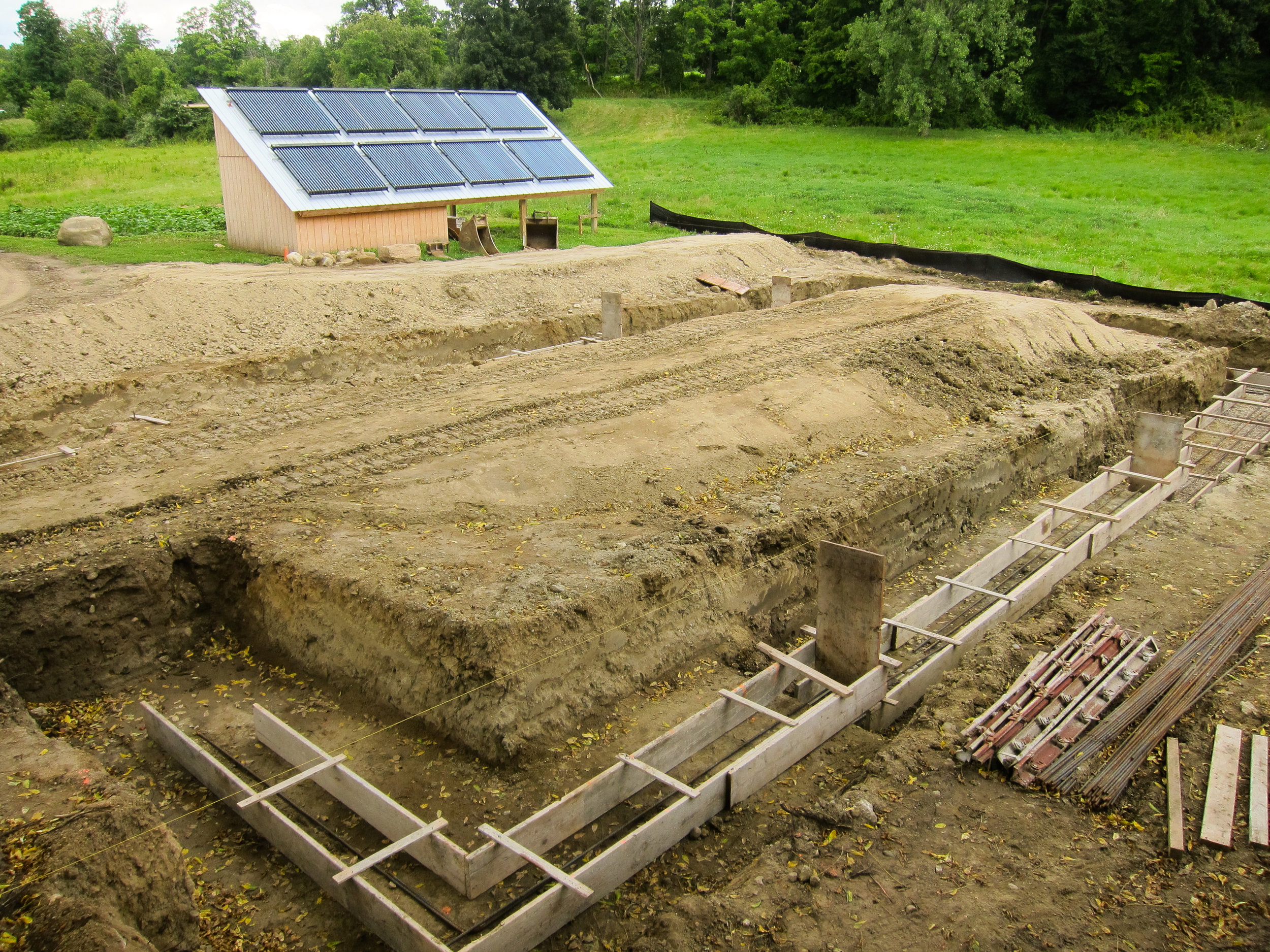
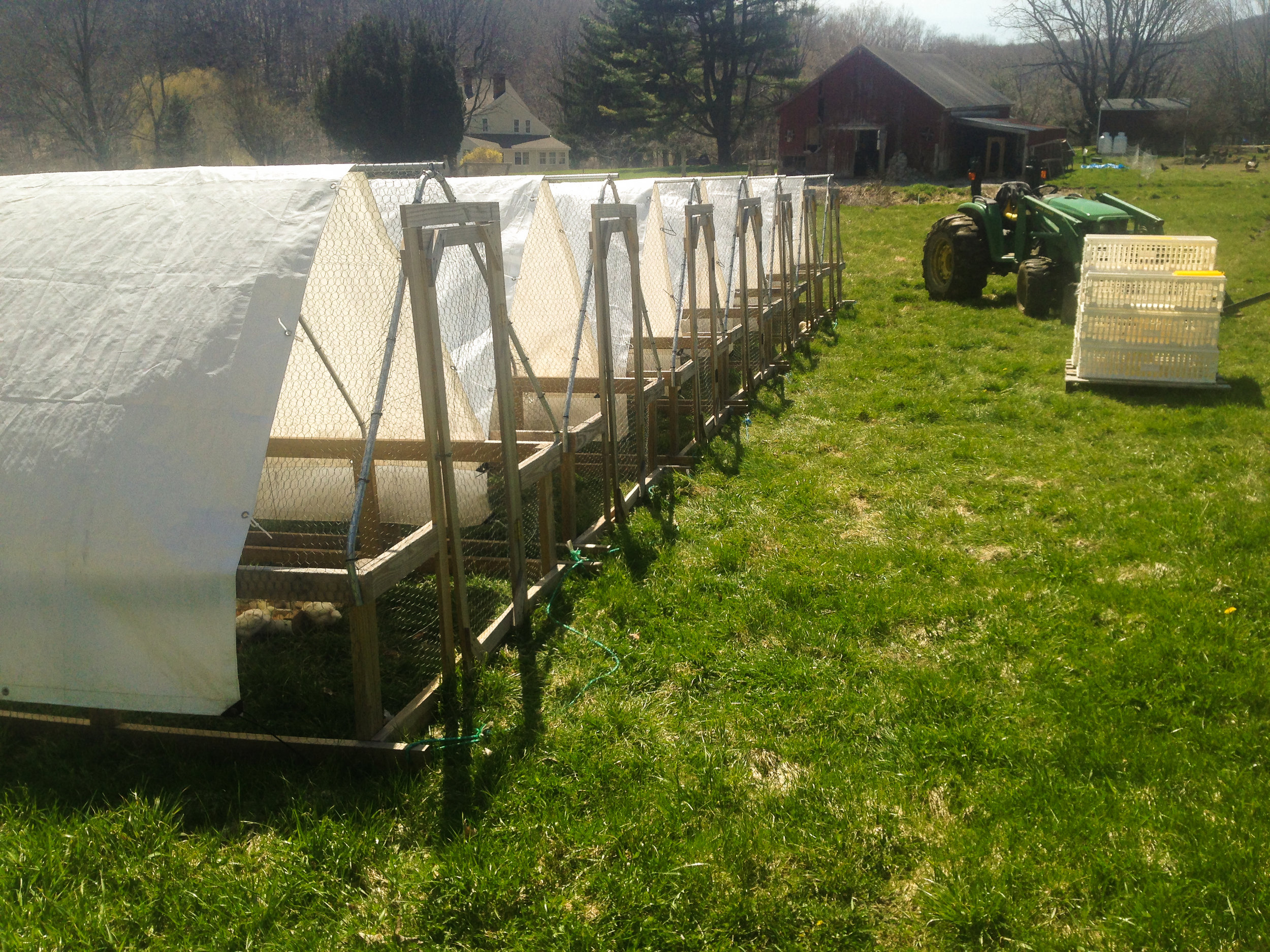
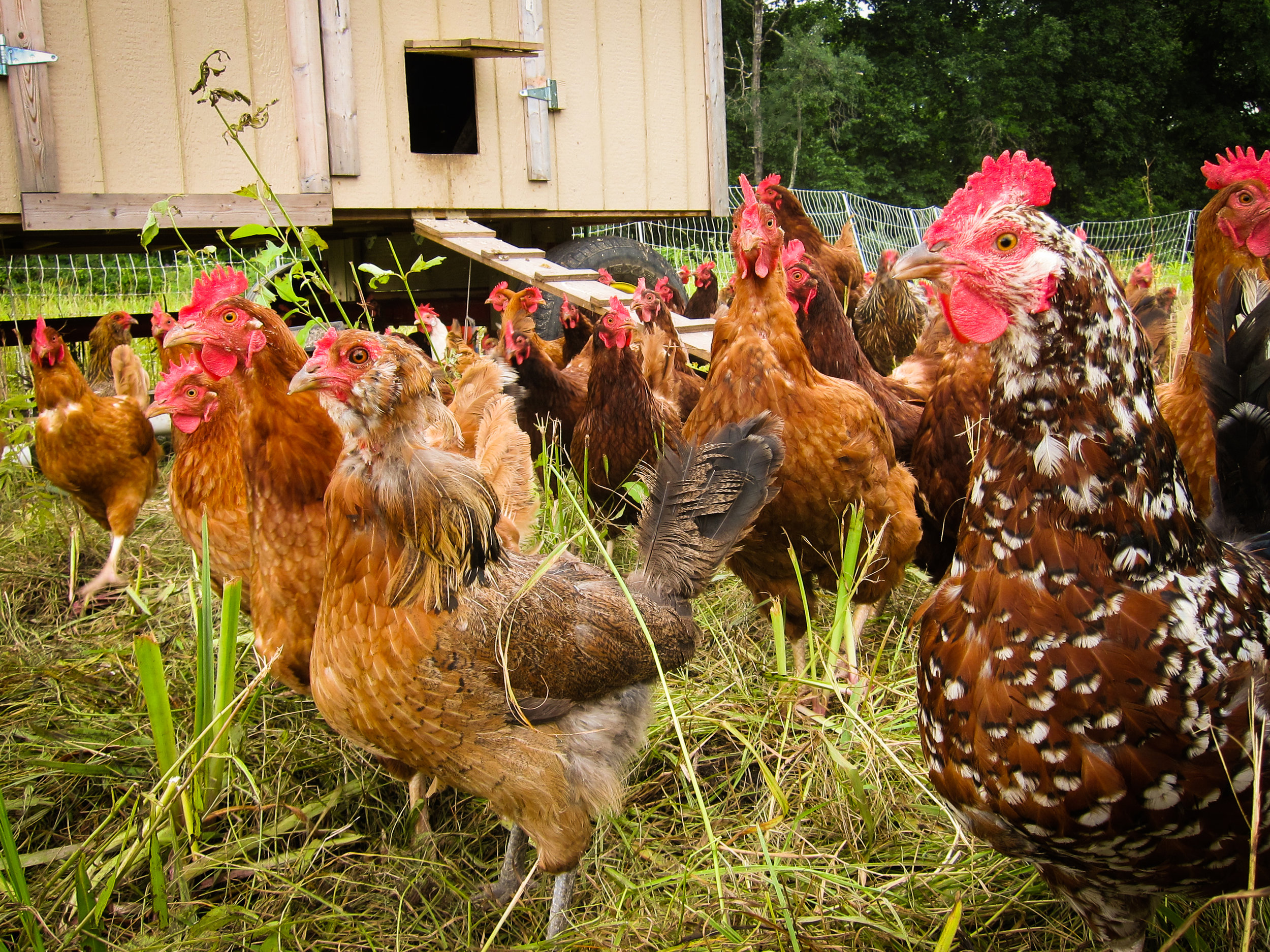
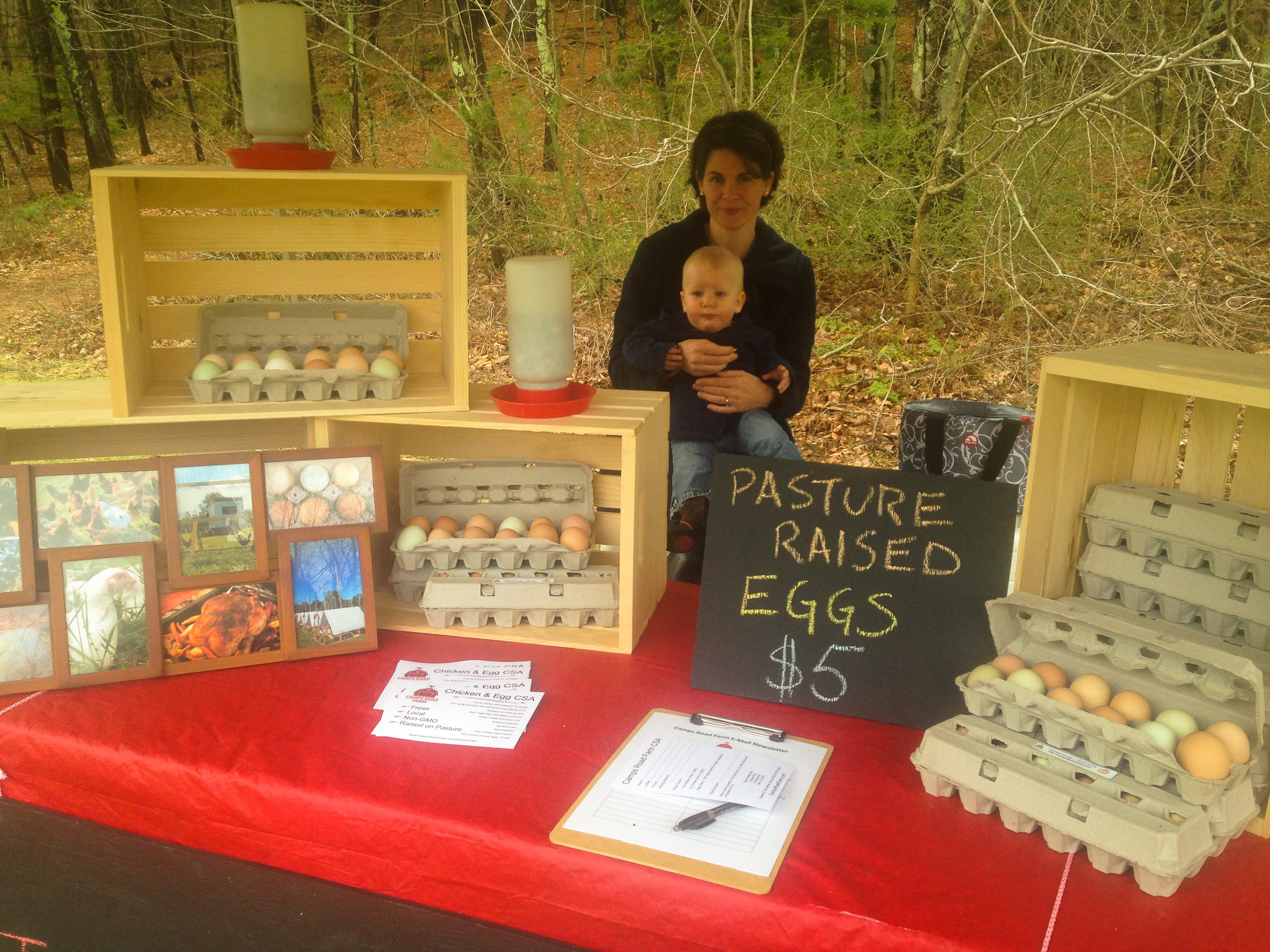


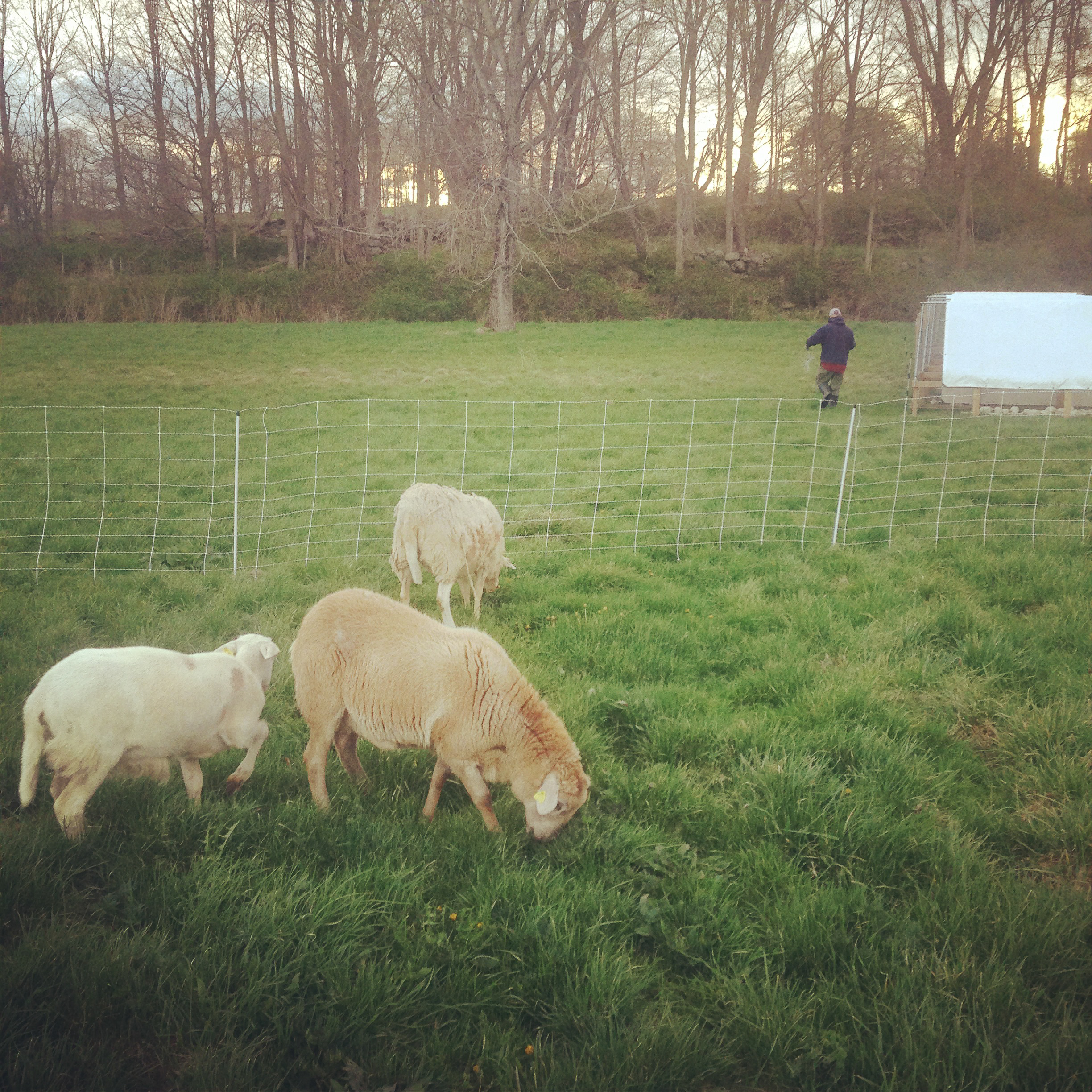
Too Big Too Fast, Unrealistic Goals
Gross Income: All the money you take in, Net Income: The money you have left after expenses
In my 2013 farm season I grossed about $20k which is about what I expected for the year. That number does not support a family of three by itself, especially when you consider that doesn’t account for my farm expenses, but it was the start I expected.
When I moved onto my new farm I took on partners. I was given the goal to gross $100k while also growing two different perennial operations that weren’t going to make any money for a few years. I figured that if I grossed $20k with 1300 broilers and some herbs that if I just took that and multiplied it by five I could hit my goal.
Since I wasn’t going to jump up to 6500 broilers I had to find other areas to get my 5x. That year I not only took on growing more broilers, but I had several other operations lumped onto my plate as well. In 2014 I was responsible for:
- 400 egg layers
- 2400 broilers
- A handful of sheet
- 1.4 acres of newly planted hops
- 1.4 acres of newly planted orchard
- .25 acres of vegetables
That was just the farming operations that were supposed to produce things. Then there was all the other things that come with that.
- A 52 acre farm that had gone fallow and needed revitalization
- Some older farm equipment that needed some love and care
- Older farm buildings and infrastructure that also needed love and care
- A new set of employees that came into my new mess
- A new set of partners with expectations and motivations of their own
- A new baby and an unemployed life-partner
- Somehow I thought I was also going to grow Farm Marketing Solutions in the midst of all this
Wow, seeing it all written down is kind of nuts. I’m happy that I’m looking back and reflecting for several reasons. One, you get to see the madness that has been my last few years, two, I get to reflect on how I got to where I am now, and three my “older and wiser” self gets to laugh at my ambition and hopefully move forward more carefully.
Scaling Up Too Fast Doesn't Work (at least for me)
Sure, if I had grossed $20k on 1300 broilers in theory if I raised 6500 broilers I could gross $100k. That’s the trap of the spreadsheet. It might make sense. But that big of a leap requires more infrastructure investment as well as other expenses. This same thing applies for scaling a vegetable operation from ½ acre to 5 acres.
Off the top of my head there’s a few things I can think of that you’d need to scale up that big and that fast.
- More staff
- Bigger walk-in cooler/freezer
- Refrigerated truck
- More chicken tractors
- Infrastructure to be able to feed/water/move those chickens on pasture
- More brooder space
- More transport crates
- More retail and wholesale outlets
- More admin time for bookkeeping and scheduling
- The list goes on…
That’s a big jump for a small operation. Adding to it the complexity of differing and interlocking systems on a new piece of land and you can see clearly my fool's errand of trying to make it all work.
My parting advice, no several years in the future, start slow unless you are absolutely sure you know what you are doing. Even then, start slow and grow smart. Let demand drive growth, not the other way around.
Hiring Farm Employees
When you hire someone or bring on an apprentice there are expenses that you might not necessarily think of right away. Sure there’s what you have to pay them hourly, but there’s certainly more than goes into it.
Salary
Let’s make up a hypothetical hiring situation. Disclaimer: these are rough numbers just to make a point. You’re going to have to work with a tax professional if you actually want to do this.
But, say you want to hire a full time employee for $15/hr. You’ll have them work 40 hours a week for 52 weeks a year. 52 weeks a year because you’re going to give them 2 weeks paid vacation because that’s nice of you.
- $15/hr
- 40 hours/week
- 52 weeks/year
Works out to:
- $600/week
- $31,200/year
What you have to also factor in as an employer is:
- Social Security Tax
- Medicare Tax
- Federal Unemployment Tax
- Worker Comp
- Insurance
We’ll just lump on another $10k per year for those things so now you’re at $41,200 for that employee.
Your Time
Then you’re going to have to factor in your time and management. When it was just you, you could wake up in the morning and just make your own schedule. Now you have to:
- Schedule that employee hours to work
- Delegate tasks
- Have organized tracking systems for:
- To do lists
- Record keeping
- Delegation and instruction for everything
- Systems for using the various things on farm
All of those things are going to cost you time to set up. Then you have to factor in passive conversation on a day to day basis, the hiring/firing process (both suck), intracompany happiness and stress and how you manage that, etc…
That employee coming in for $31,200 need to bring with them a value of roughly $60,000. Again, I’m using rough numbers and I’m sure the internet will find issue with some things I have written here, but that’s what the comments section is for below.
In the end you need to internalize one statement. Hire slow, fire fast. Think long and hard before you hire someone, and don’t keep employees that are a drain on the company.
Closing Thoughts
I focused a lot on the negatives and my missteps of 2014. All that said, we got a lot done that year and what we did accomplish was good and great and delicious. There were a lot of good times, the farm did make a lot of progress, and the lessons I learned were and are very valuable to me.
There are things that I would certainly change and there are many things that I wouldn’t. All I can do now is look back, see where I succeeded and see where I failed, then wake up and try again tomorrow.
